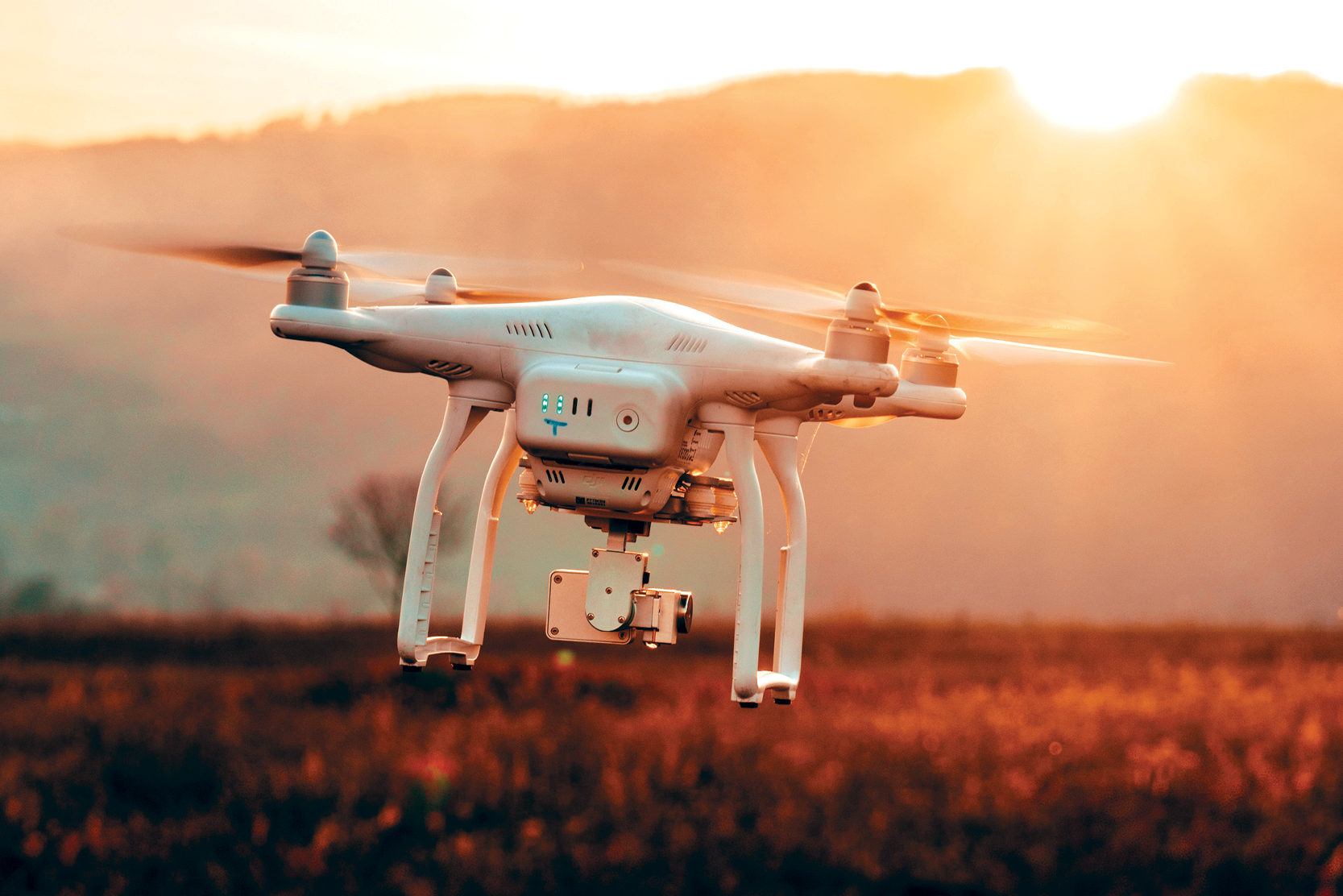Drones, also known as unmanned aerial vehicles (UAVs), are becoming increasingly popular for a variety of uses, including photography, videography, delivery, and even military applications. While drones offer a number of benefits, they also pose some potential risks, such as privacy concerns and the possibility of being used for malicious purposes.
History of Drones
The history of drones can be traced back to the early days of aviation. In the early 1900s, the Wright brothers experimented with unmanned aircraft, and during World War II, both the United States and Germany used drones for surveillance and bombing missions. However, it wasn’t until the 1990s that drones began to be used for more commercial purposes.
Types of Drones
There are many different types of drones available on the market, each with its own unique set of features and capabilities. Some of the most common types of drones include:
- Quadcopters: Quadcopters are the most popular type of drone. They are relatively easy to fly and can be equipped with a variety of sensors and cameras.
- Hexacopters: Hexacopters are similar to quadcopters, but they have six rotors. This makes them more stable in flight and allows them to carry heavier loads.
- Octocopters: Octocopters have eight rotors, which makes them even more stable than hexacopters. They are often used for professional photography and videography.
Uses of Drones
Drones are used for a variety of purposes, including:
- Photography and videography: Drones are becoming increasingly popular for photography and videography. They can be used to capture stunning aerial shots that would be difficult or impossible to get from the ground.
- Delivery: Drones are being used to deliver food, packages, and other goods. This could revolutionize the way we shop and receive deliveries.
- Agriculture: Drones are being used to survey crops, monitor livestock, and apply pesticides. This could help farmers improve crop yields and efficiency.
- Search and rescue: Drones are being used to search for missing persons and wreckage in disaster areas. They can also be used to provide real-time updates to rescuers on the ground.
- Military: Drones are used by the military for surveillance, bombing, and other missions. They offer a number of advantages over manned aircraft, such as lower cost, reduced risk of casualties, and the ability to operate in dangerous or hostile environments.
Risks of Drones
While drones offer a number of benefits, they also pose some potential risks. Some of the most common risks associated with drones include:
- Privacy concerns: Drones can be used to collect data and images without people’s knowledge or consent. This could raise privacy concerns, especially if the data is used for malicious purposes.
- Malicious use: Drones could be used to commit crimes, such as delivering explosives or spying on people.
- Collisions with aircraft: Drones could collide with manned aircraft, which could result in serious injuries or death.
- Environmental impact: Drones could have a negative impact on the environment, such as by disturbing wildlife or polluting the air.
Regulations for Drones
In order to mitigate the risks associated with drones, many countries have implemented regulations governing their use. These regulations typically restrict the use of drones in certain areas, such as near airports and military bases. They also require drone operators to obtain a license.
Conclusion
Drones are a powerful new technology with a wide range of potential uses. However, it is important to be aware of the risks associated with drones and to take steps to mitigate those risks. With proper regulation and responsible use, drones have the potential to make a positive impact on society.






